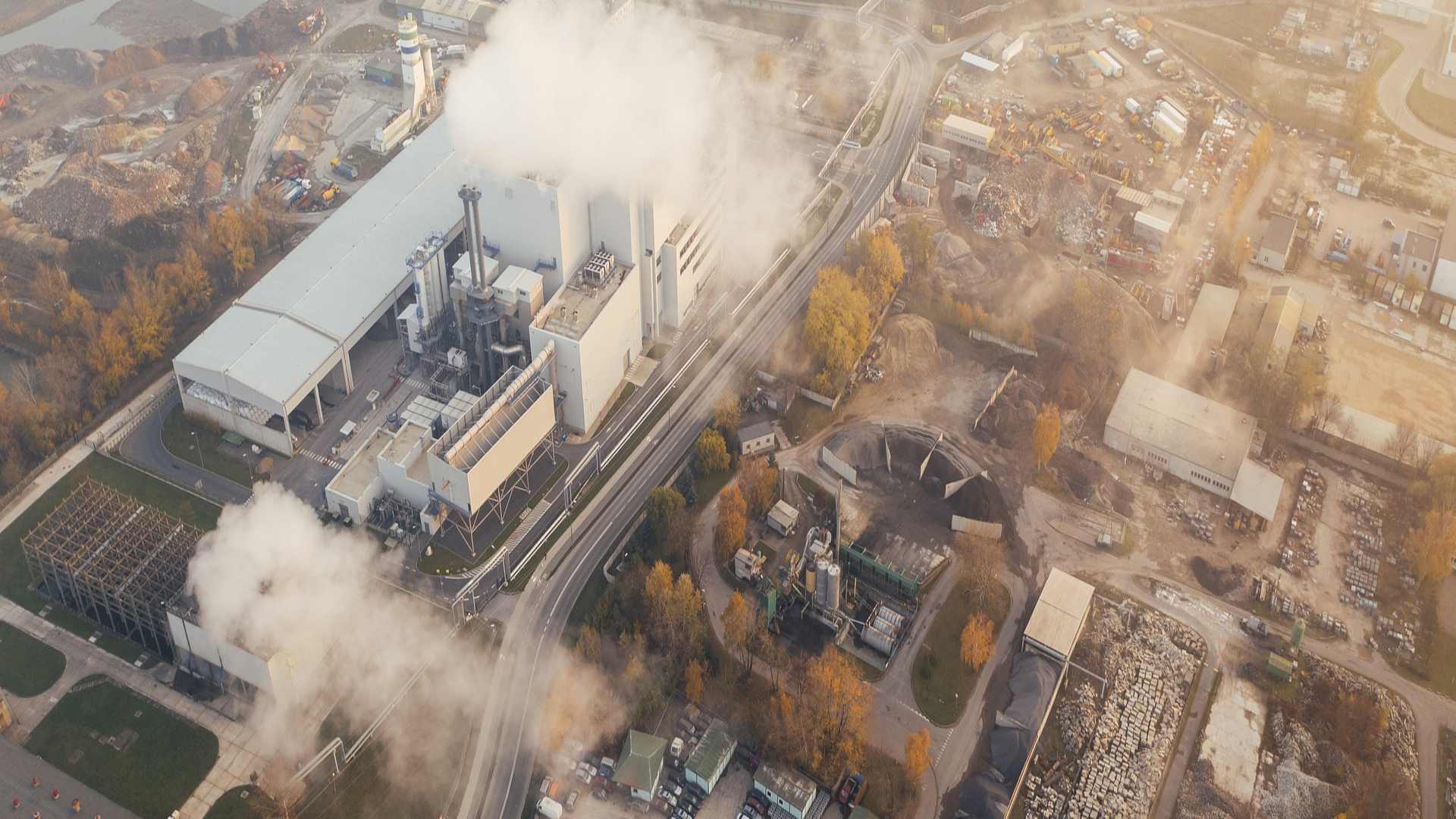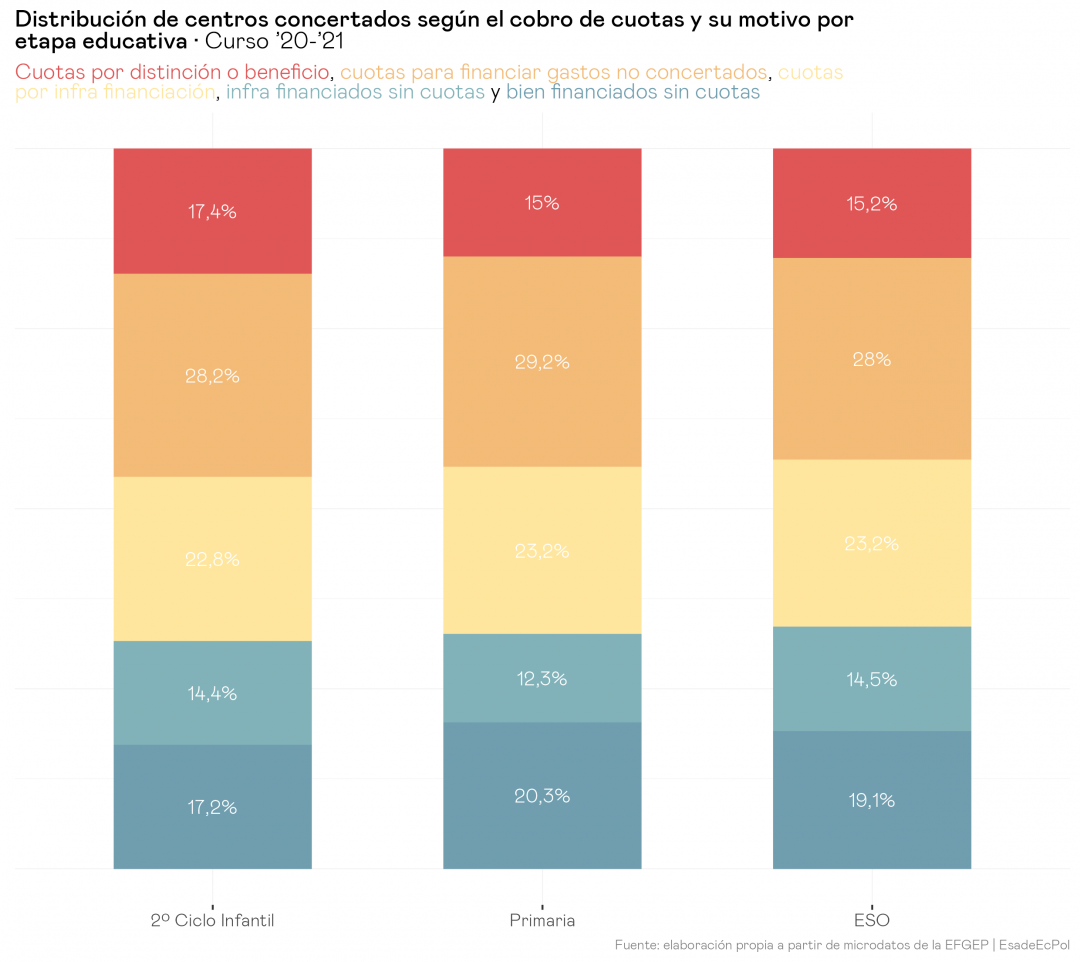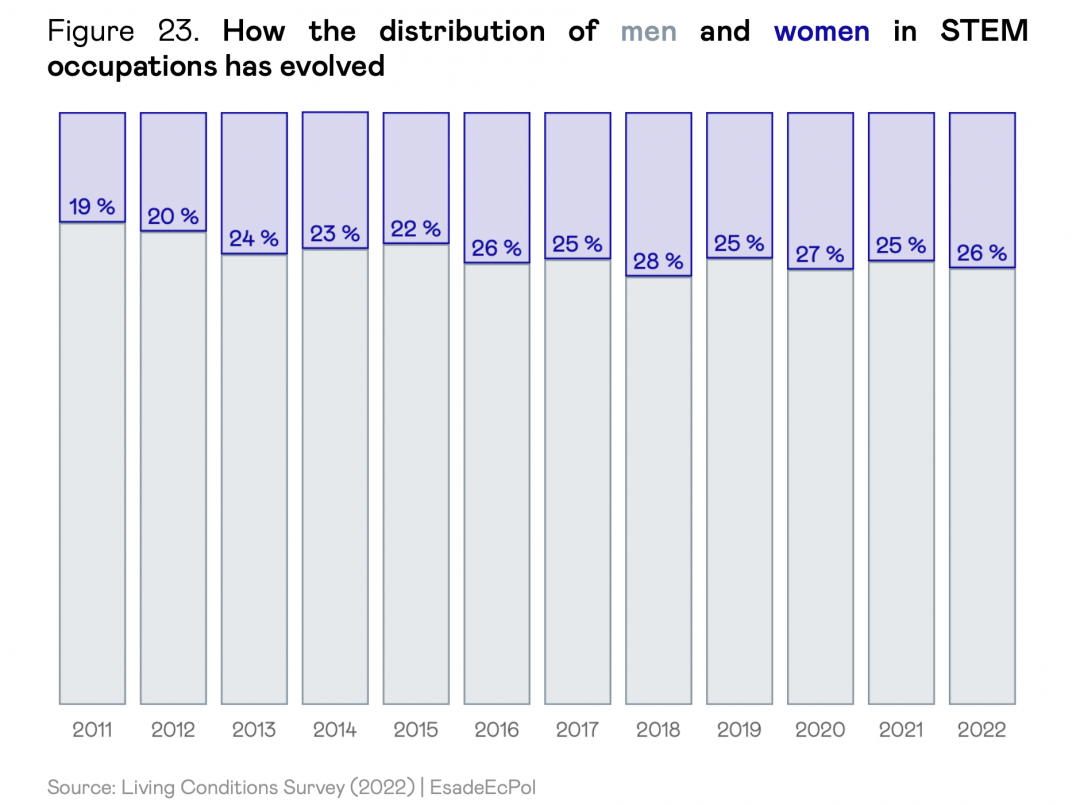
The European Parliament’s proposal on carbon pricing (CBAM): bottlenecks, positive aspects and what it does not resolve
Pedro Linares Llamas
10 Jan, 2022
In one sentence: the initial report by Mohammed Chahim (European Parliament) to the Commission’s proposal to price importers’ emissions features some interesting developments but will face numerous political bottlenecks and, above all, does not tackle the fundamental problems of the EU Executive’s proposal.
On the eve of Epiphany, we received the gift of the draft report sent by Mohammed Chahim, MEP, to the European Parliament, in which he sets out his modifications to the European Commission’s proposal on the carbon border adjustment mechanism (CBAM).
Europe currently maintains an emission allowance market (ETS) in which local industries purchase emission allowances at a specific price, which, in theory, ensures that the final value of goods on the market incorporates the cost of emitting CO2. But as the European market is open to imports, specific sectors maintain exemptions (in the form of free allocation of emission permits) to compete against outsiders who pay no price for their emissions. The CBAM was created to eliminate these exemptions and level the playing field. By placing an entry tax on certain imported products according to their production process emissions, the price paid for emissions by non-European industries will be equalized with that of local sectors, facilitating the gradual elimination of free emission allowance allocations because European producers would no longer need them.
The report to Parliament on the current content of the Commission’s CBAM proposal is ambitious in its environmental aspect: it goes further in terms of the speed of withdrawal of the free allocation; it widens the range of products included (plastics and hydrogen, primarily) and also the scope (indirect emissions from electricity use); and it still leaves out export exemptions.
In addition, it proposes to recycle all revenues towards industrial decarbonization in the least developed countries (although it remains to be seen how much is finally collected if the mechanism is not as effective) and eliminates the option of recognizing implicit CO2 prices (as in the US proposal). To a large extent, it takes up Aaron Cosbey’s recommendations, standards that are highly valued by the international community.
However, some analysts consider that this high ambition, not shared by many other members of Parliament, is a bargaining position, so the final version is likely to be downgraded. But, in any case, the negotiation seems quite complicated. These are the main bottlenecks to be anticipated:
→ Accelerating the free withdrawal of allowances (to 2028) without clarifying how CBAM will work will indeed be vigorously attacked by the European industry. In the case of cement, the proposal is to immediately eliminate the free allocation (in 2025), which, as we have already mentioned in the past, is something that makes sense for central Europe (which has no competition from imports because of transport costs), but not for the Mediterranean or Eastern European countries, which are very exposed to clinker imports.
→ Regarding the export exemption, Chahim proposes to produce a report in 2026 assessing the risk of emissions leakage from exports, which is equivalent to knocking the ball forward (or diplomatically taking the ball off the table) on a very sensitive issue for the exporting sectors: given that there is no exemption, cement, or petrochemicals will particularly suffer from accelerated withdrawal, as it will not allow them to compete on international markets.
→ The way indirect emissions are calculated (starting from a reference plant) makes it impossible to purchase renewable energy (real or virtual through certificates) to avoid paying the CBAM. This may be discriminatory in the face of the WTO.
→ The inclusion of hydrogen will be especially questioned by countries planning to export to the EU blue hydrogen (based on natural gas), currently much more competitive than green hydrogen (based on water electrolysis). This could be the case of the United Kingdom or the Arab countries. However, it does not include indirect methane emissions.
On the other hand, there are at least three aspects in which Chahim’s contribution could be a substantial improvement over the Commission’s proposal, although all of them come with important nuances to consider:
→ The inclusion of plastics solves one of the problems raised initially: their competition with aluminium. True, in return, it entails more technical complexity in calculating the associated emissions.
→ Ensuring that all revenues go to less developed countries will facilitate international acceptance of this measure. But in principle, it reduces the share available for the European budget (including the Next Generation payment) and the Innovation Fund. However, the final amount will also depend on the total collected (which would increase if the end of the free allocation is accelerated).
→ Finally, a complex issue is governance: it is proposed to create a European authority to manage the CBAM, which goes against the usual practice. It is the member states that collect the import tariffs. The rationale, although diplomatically formulated, is to avoid national interference; but the same could apply to any other customs management.
But, despite these changes, Chahim’s proposal still does not solve what for us are the main problems of the European proposal:
→ The way emissions are calculated by default remains the same, a disadvantage for the most polluting European producers and an advantage for the dirtiest international producers.
→ Although it eliminates the possibility of “artificially certifying” renewable energy, this, as we have said, is questionable to be WTO compatible. Thus, the avenues remain open to disguise emissions from imports with certificates and thus escape the mechanism without emissions reductions.
→ Finally, with its new format, it is still possible to shift imports to manufactured products (such as cars) to avoid the CBAM.
All this and more we pointed out with the in-depth policy insight analysis we published last December. If it does not address these challenges, the new emissions pricing system risks being born battered.

Profesor en la Universidad Pontificia Comillas


